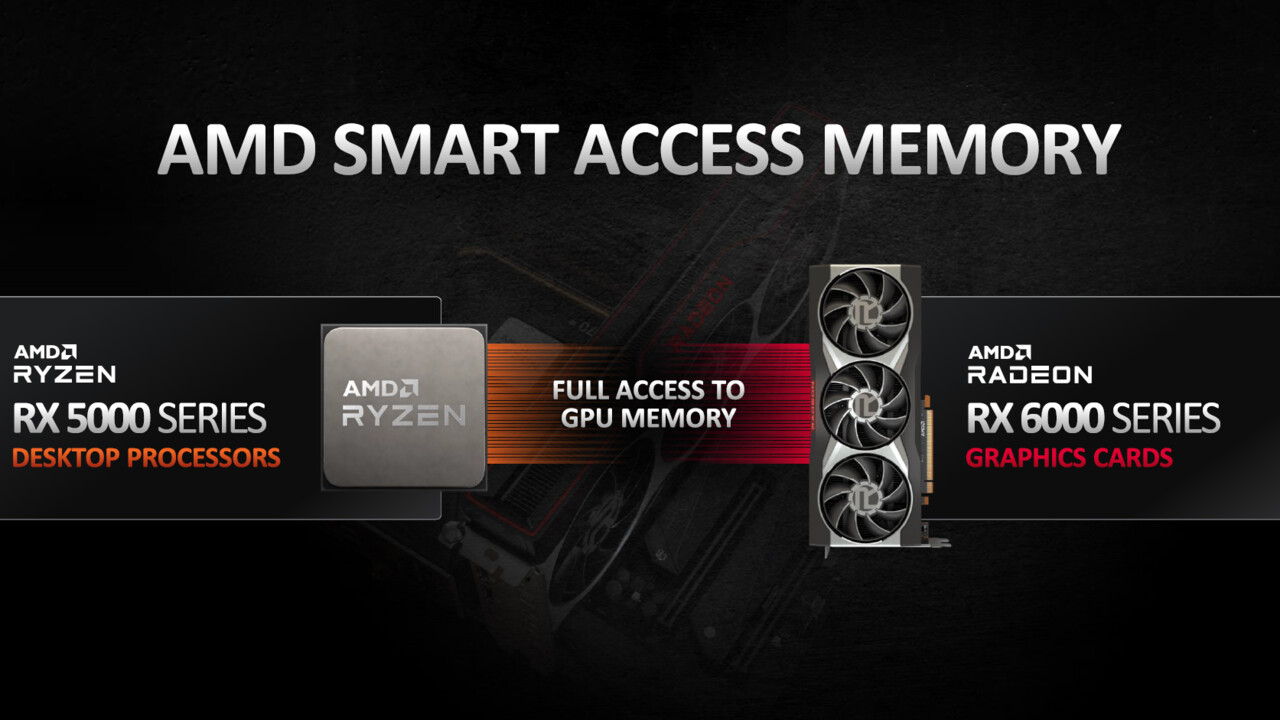Phoronix: Radeon Linux Drivers Now Only Officially Support Smart Access Memory On Zen 3 + RDNA2
While many Linux users were excited when finding out the open-source AMD Radeon Linux drivers were allowing Smart Access Memory (Resizable BAR) support on older motherboards/CPUs and older Radeon GPUs rather than basically the very latest AMD products as seen on Windows, there is a change of course due to bugs. Now, officially, Mesa 21.0 is just enabling Smart Access Memory for systems with AMD Zen 3 processors and RDNA 2 graphics cards though if you have other hardware you can force-enable it...
While many Linux users were excited when finding out the open-source AMD Radeon Linux drivers were allowing Smart Access Memory (Resizable BAR) support on older motherboards/CPUs and older Radeon GPUs rather than basically the very latest AMD products as seen on Windows, there is a change of course due to bugs. Now, officially, Mesa 21.0 is just enabling Smart Access Memory for systems with AMD Zen 3 processors and RDNA 2 graphics cards though if you have other hardware you can force-enable it...

 Yay!
Yay!

 I searched specifically to determine first what is that RDNA, my card seemed to qualify on the first look, I have it enabled right now:
I searched specifically to determine first what is that RDNA, my card seemed to qualify on the first look, I have it enabled right now:

Comment